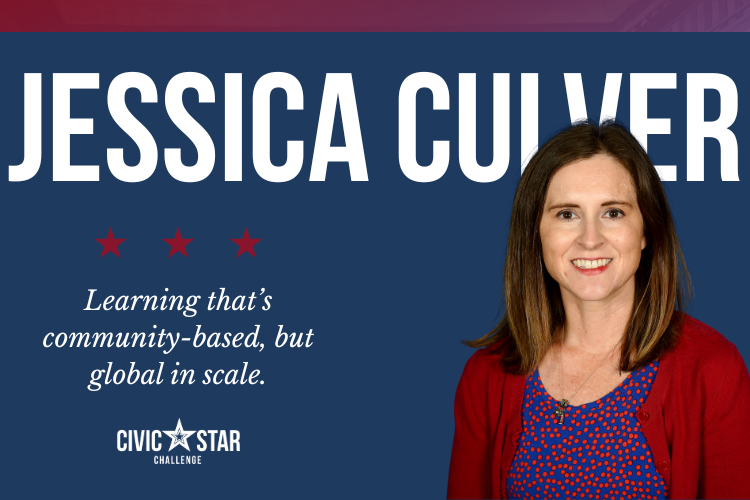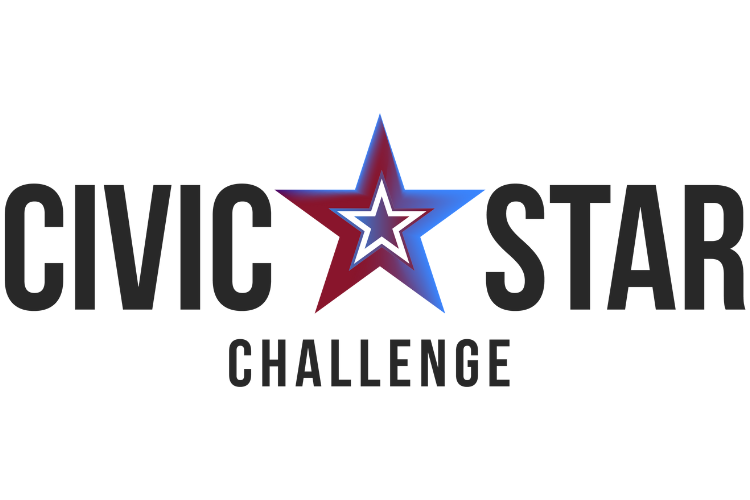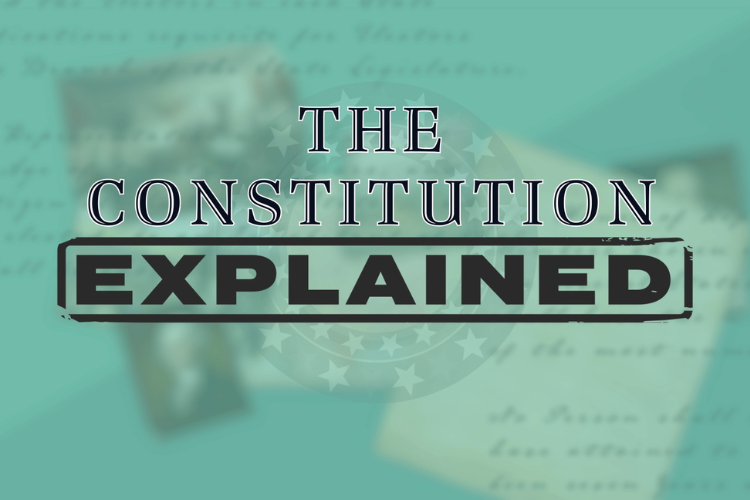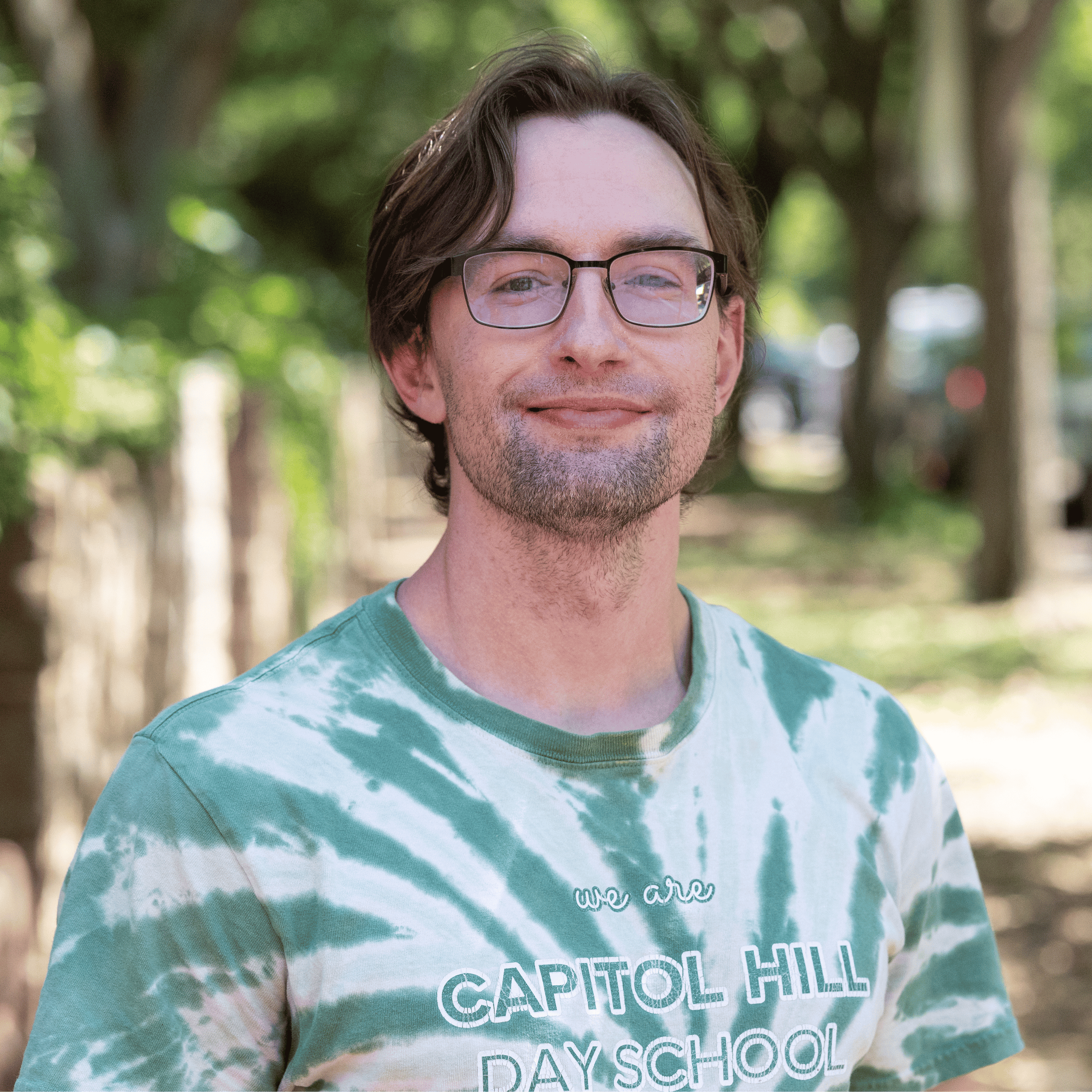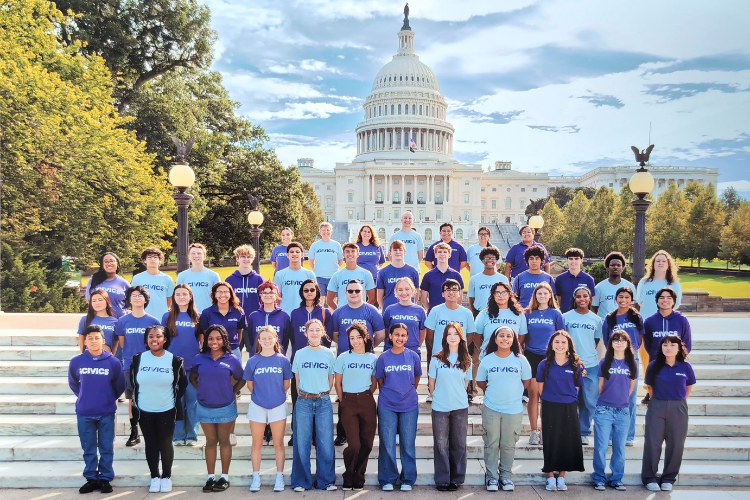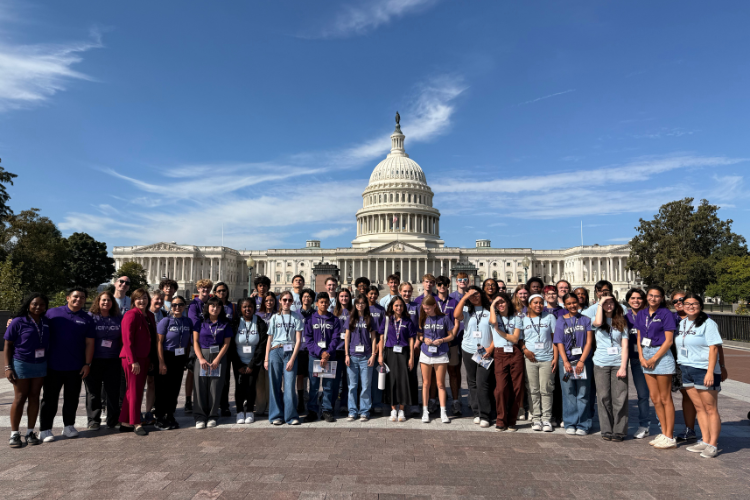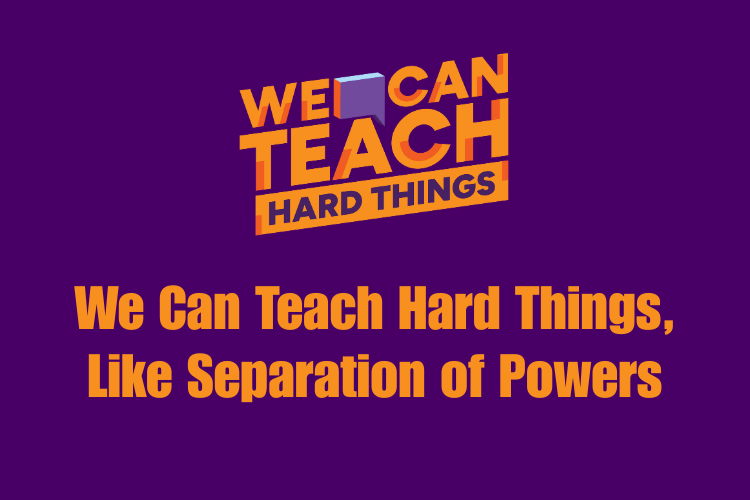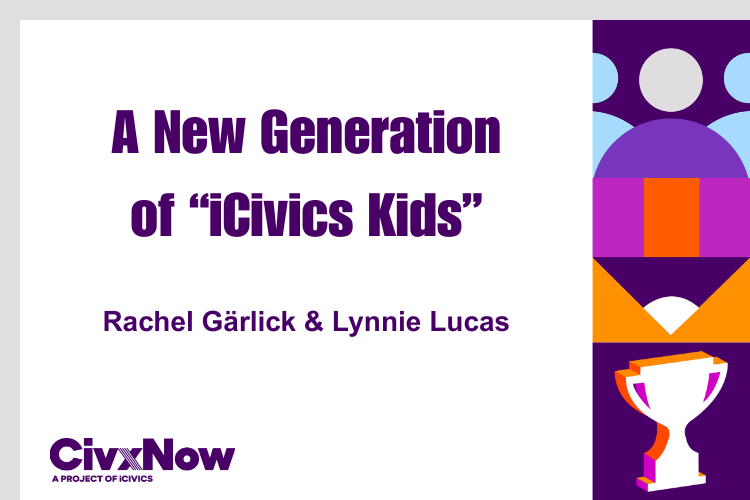For elementary teachers, time is precious. How and what they teach is constantly balanced between the important and the urgent. Oftentimes, social studies is pushed aside—taught only if there’s time left in the day. But there’s a lot elementary teachers can do to teach civics and promote good civic practices. It doesn’t have to be limited to lessons about presidents, checks and balances, or the Constitution. Being an engaged citizen often starts with a question—and through iCivics’ Private i History Detectives curriculum, students in grades K–5 get a solid foundation on what it means to be a good citizen.
In an effort to embrace and engage younger students in the democratic process, my AP Government & Politics students built civic engagement lessons using iCivics’ Private i units. Last June, three students—Lyla, Rachel, and Desi—visited a kindergarten class at the Slaybaugh School in Egg Harbor Township. The goal was simple, yet challenging: the high school students needed to build a lesson that had a civic component without being obviously partisan or too difficult for the kindergarteners to grasp.
The AP Government students found the lesson cleverly designed. Framed as a detective story, it asks students to investigate what makes a good leader. My high schoolers first went through the lesson themselves and then adapted it into an interactive, age-appropriate activity for their younger buddies. Rachel, one of the seniors, said, “I liked how the resources can be used for all ages. My friends and I could play in class, or I could use it to teach the little kids.”
The senior team simplified the content, created visuals, acted out leadership scenarios, and led discussions with the kindergarteners about what it means to be kind, fair, and responsible.
Watching my students take ownership of the material and find ways to connect it to five-year-olds was a powerful teaching moment. It gave them a chance to reflect on leadership traits in a deeper, more personal way and reinforced the idea that civic values can—and should—be taught at every age.
The kindergarteners were fully engaged—asking questions, pointing out good (and not-so-good) leader behavior, and even coming up with their own “classroom leader” rules. The partnership between older and younger students added a level of connection and mentorship that went far beyond a traditional classroom lesson.
Lyla told me that what she liked most about the experience was the early exposure to civics—without it being explicitly labeled as “civics.” She said, “I liked how the Private i resource made it easy for the kindergarteners to begin building knowledge and establish good habits about civics and leadership at a young age.”
iCivics has always done a great job of making civics accessible and engaging, but this experience using Private i: What Makes Someone a Good Leader? in a cross-age teaching format was exceptional. In just one hour, the kindergarten students learned a lot about leadership, developed civic learning skills, and came together as one classroom community.
If you’re an elementary teacher new to using iCivics, I highly recommend the Private i lessons to foster leadership, empathy, and a sense of civic responsibility across age groups.
Written by Michael Martirone
Michael Martirone teaches AP Government & Politics and World Cultures at Egg Harbor Township High School in New Jersey. He is also an adjunct professor at Richard Stockton University. In 2016, Michael was a finalist for the New Jersey State Teacher of the Year, and in 2020, he was named the Gilder Lehrman History Teacher of the Year for the state of New Jersey. He has been a member of the iCivics Educator Network since 2017.
Through the iCivics Educator Network, the perspectives of teachers across the country contribute to the public conversation about civic education in the United States. Each contributor represents their own opinion. We welcome this plurality of perspectives.




